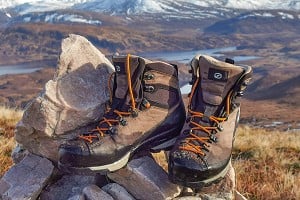
Though billed as a boot developed specifically for Via Ferrata, Mammut's Ayako High GTX is also perfectly suitable for the adventurous hillwalker on home shores. This three-season boot performs well on steep ground without sacrificing walking comfort, or adding excess weight. So far I've used them in Snowdonia and the Lake District on some fairly tough terrain, and after a few months of wear they haven't let me down.
First Thoughts
When trying new boots on the first thing that I look at is the fit, particularly around the toebox and heel. The Ayako High GTX are liberally sprinkled with trademarks and brand-specific terms like Memo Foam, FeetMap and the 'BaseFit System' that almost distract from something quite fundamental... these are some rather comfortable boots!
They fit more like a trainer or soft approach shoe than a boot, with good padding around the bonier parts of the foot but less so where it doesn't matter. The upper stops just above the ankle bone without rubbing or placing undue pressure on any one spot.
The lacing system is secure, making use of several pairs of locking cleats around the turn of the ankle. This is part of the BaseFit System which plants the heel where it needs to be and directly links the lacing system to the sole unit by way of a strip of webbing on either side. It took several attempts to work out exactly where I wanted that tension but I quickly got the hang of it. No pressure points to report, although the fit is slightly on the snug side for me.
"If you are after a hillwalking boot than can tackle any of the graded scrambles in the UK without sacrificing all-day walking comfort, or security in the mud, then the Ayakos might well be for you"
Getting a Grip
On the hills the first thing I noticed was that they grip well on the brown stuff. Most scrambling or summer mountaineering boots I have owned have been lacking in this area – grip on rock and stiff corners for edging taking precedence over cleat depth and traction in mud. Mammut it seems have followed through on their promise to make this a hillwalking boot rather than just a climbing boot that you take onto easier ground. There is enough tread depth at the key anchor points of the heel and under the forefoot to make it feel planted and good enough for fast movement over steep, wet ground. A Gore-Tex inner completes the package here, and so far has proven to be good enough to stand in a river for 10 minutes or so with no signs of leakage.
Moving onto rocky ground I was still impressed. The benchmark for me when it comes to a good scrambling boot is not how stiff it is or how small an edge I can trust my weight to or how well it holds itself in a pocket of rhyolite – it's all about the feedback and the smearing… The trickiest bits of scrambles aren't necessarily the vertical sections; it's the slopey, treacherous boulders and shelves that look like they will be fine but can take you by surprise and bite you in the bum.
The Mammut Ayako High GTX are quite flexible along the length of the boot, but stiff across the short axis under the forefoot and again at the heel - they call it the TPU Motion Control System. The combination of lacing system, foam inner and overall shape also holds the foot on the insole and prevents any rotation of the foot within the boot on sideslopes.
On little edges and when cranking them over on tricky steps the boot doesn't seem to twist much at all, but the whole of the Vibram Mulaz outsole can be comfortably laid on the rock without the boot digging into the ankle when heading uphill on slabs. A 'climbing zone' of uninterrupted rubber under the big toe comes into play on smaller holds.
There is enough feedback from the rock to find those crucial holds without flailing around blindly on unseen downclimbs. But if you do end up flailing then there is a rubber rand over the toe area to protect against inelegant movement. Overall the performance on rock feels quite sensitive and intuitive – more like a pair of good approach shoes than a boot that reaches above the ankle.
"Moving onto rocky ground I was still impressed. The benchmark for me when it comes to a good scrambling boot is not how stiff it is or how small an edge I can trust my weight to; it's all about the feedback and the smearing"
Walking comfort
My first mountain day with the Ayako High GTX was a traverse of Crib Goch on a dry spring day, following crowds and being held up by folk who have discovered that the narrow bit wasn't the problem – it's the rocky, spikey bits halfway along that are where you suddenly discover a longing for all things flat and boring. The approach along the rock slabs and gravelled surfaces of the PYG Track did highlight the lack of padding in some areas underfoot, but nothing to worry about really and the EVA foam mostly did what I wanted it to.
As the terrain turned upwards to the grey Welsh skies I really started to appreciate this boot. Edging was easy enough, and the odd footjam didn't seem to upset them. A little more protection on the sides of the feet would have been nice, but I suspect that would compromise the flexibility and weight. The Vibram sole is sticky in the dry and adequate in the wet, and I have never really felt like they were about to betray my trust in them.
I've used these boots for a couple of months, with a 70/30 split between average British summer hillwalking and scrambling or rocky routes. I think that's about right for them – a lighter, flexible boot that works in the mud but doesn't let you down on the rocks. They really do feel like a trainer, and the weight (about 1.3kg for my size 47 sample) is acceptable.
Conclusion
If I was heading for a VF adventure or easy European summer mountaineering below the snowline I would be happy throwing these boots in the bag, and even just staying in the UK they will become my main mountain footwear until the snow returns. After a couple of months of reasonably hard use my review pair are showing some early signs of being easily scuffed, but structurally they seem fine, especially in those key areas where repeated flexing causes others to fail. The stitching is solid and the edges of the outsole remain square and sharp.
If you are absolutely set on stiff boots with virtually no sole movement then the flex of the Mammut Ayako High GTX might not be for you. However, if you are after a hillwalking boot than can tackle any of the graded scrambles in the UK, without sacrificing all-day walking comfort, or security in the mud, then I can happily push you in their direction.
Mammut say:
A velours-textile shoe developed specifically for via ferrata - lightweight, direct, close-fitting and close to the ground. With Base Fit®, external TPU Motion Control®, FeetMap climate regulation, integrated memo foam and a pre-shaped tongue with elastic GORE-TEX construction. The 3-zone lacing, GORE-TEX Performance Comfort Footwear membrane and the proven, lightweight and climbing-compatible Vibram® Mulaz sole with integrated Climbing Zone provide additional comfort, a precise fit and safety.
About Richard Prideaux
Richard Prideaux is the owner of established North Wales outdoor skills training and activity business Original Outdoors. He spends on average one night per week sleeping in a forest, up a mountain or on a beach somewhere in the UK and further afield and the rest of the time teaching navigation, foraging, tracking and other wilderness skills.
For more info see originaloutdoors.co.uk

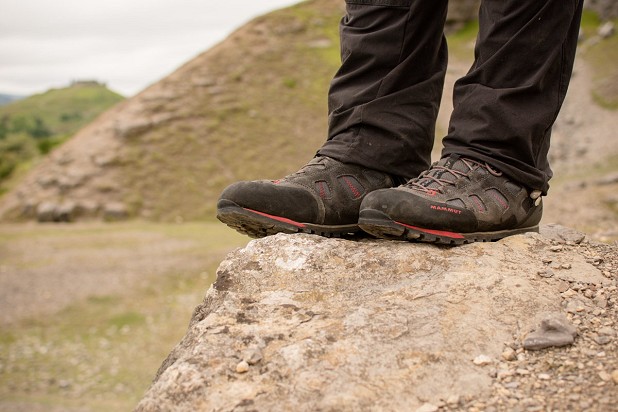
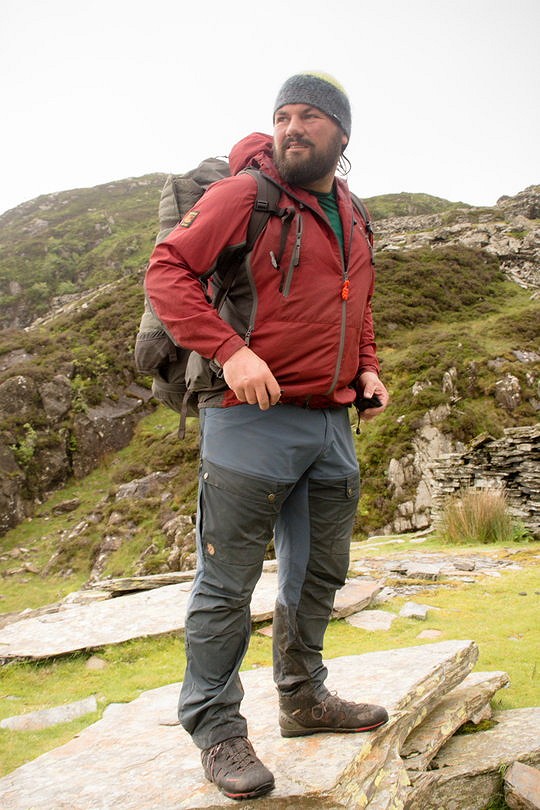
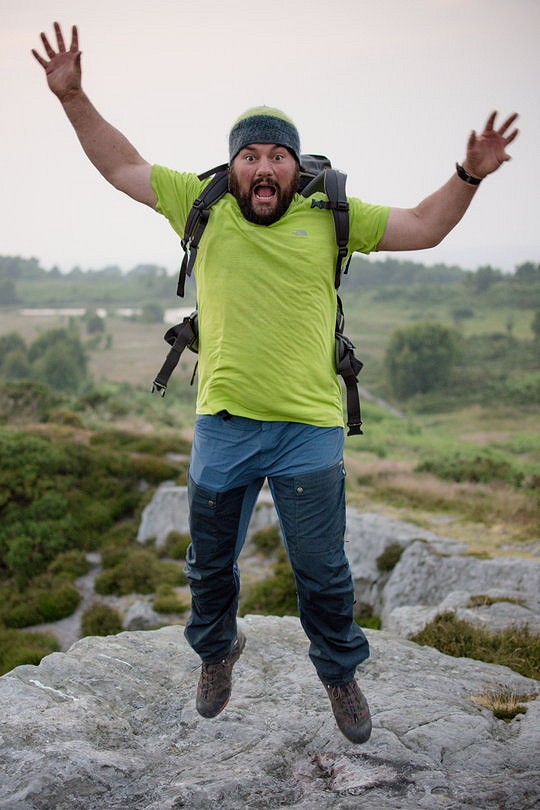
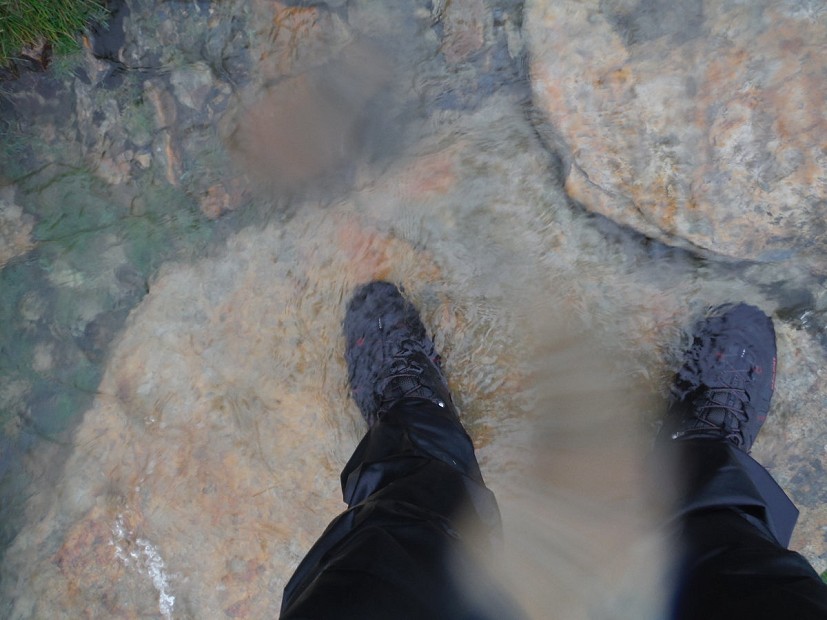
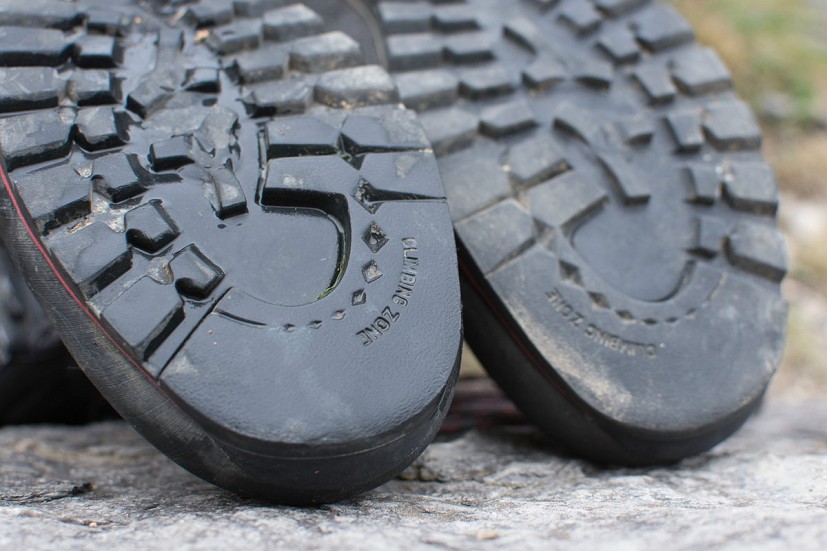
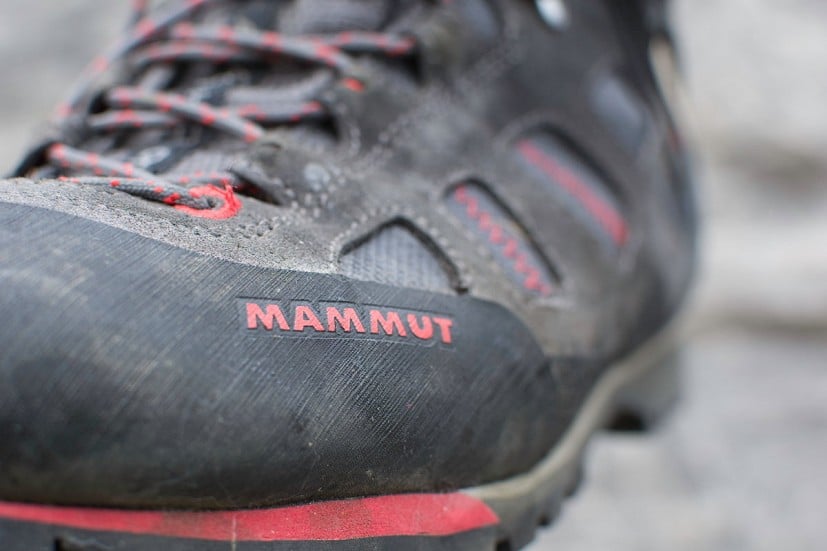


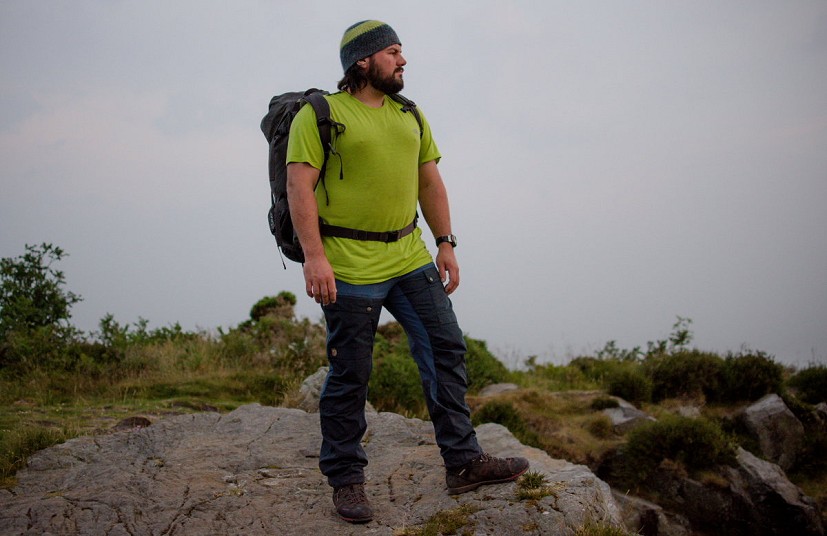



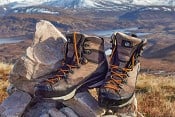
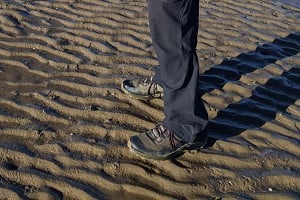
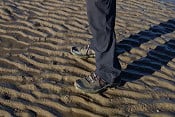
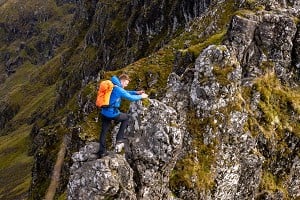

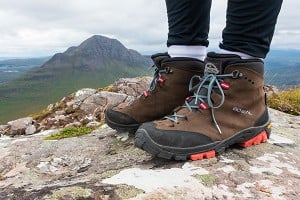
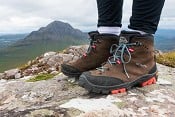
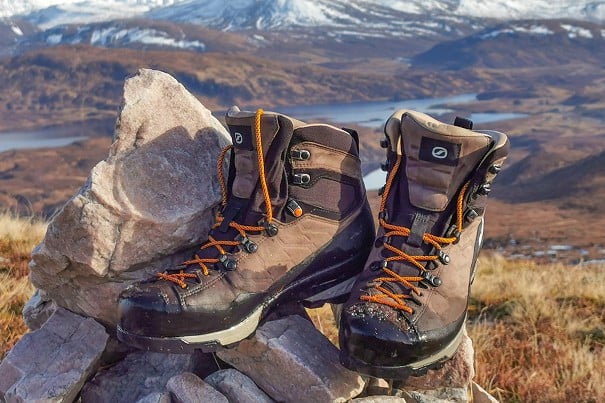


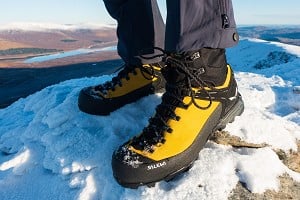
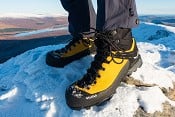
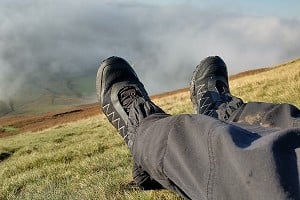
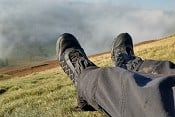
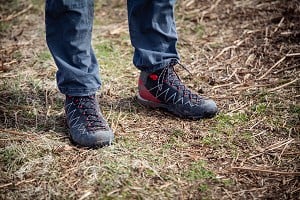

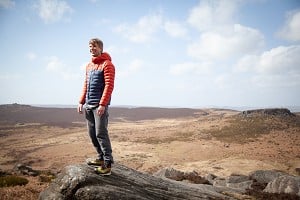



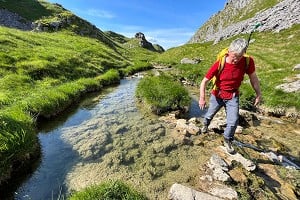



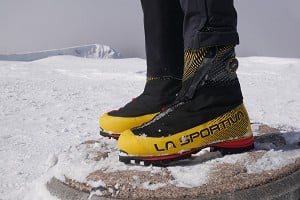
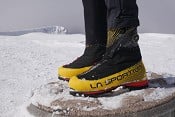
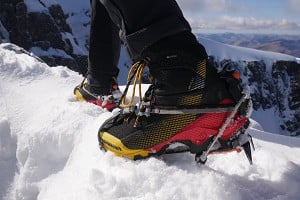
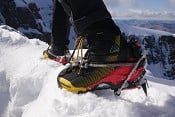
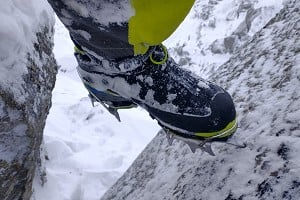
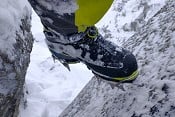
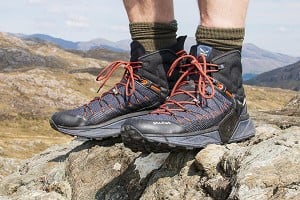
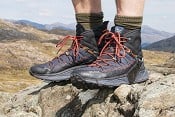
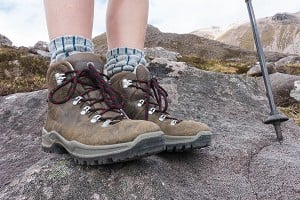
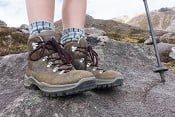



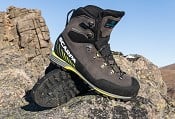
Comments